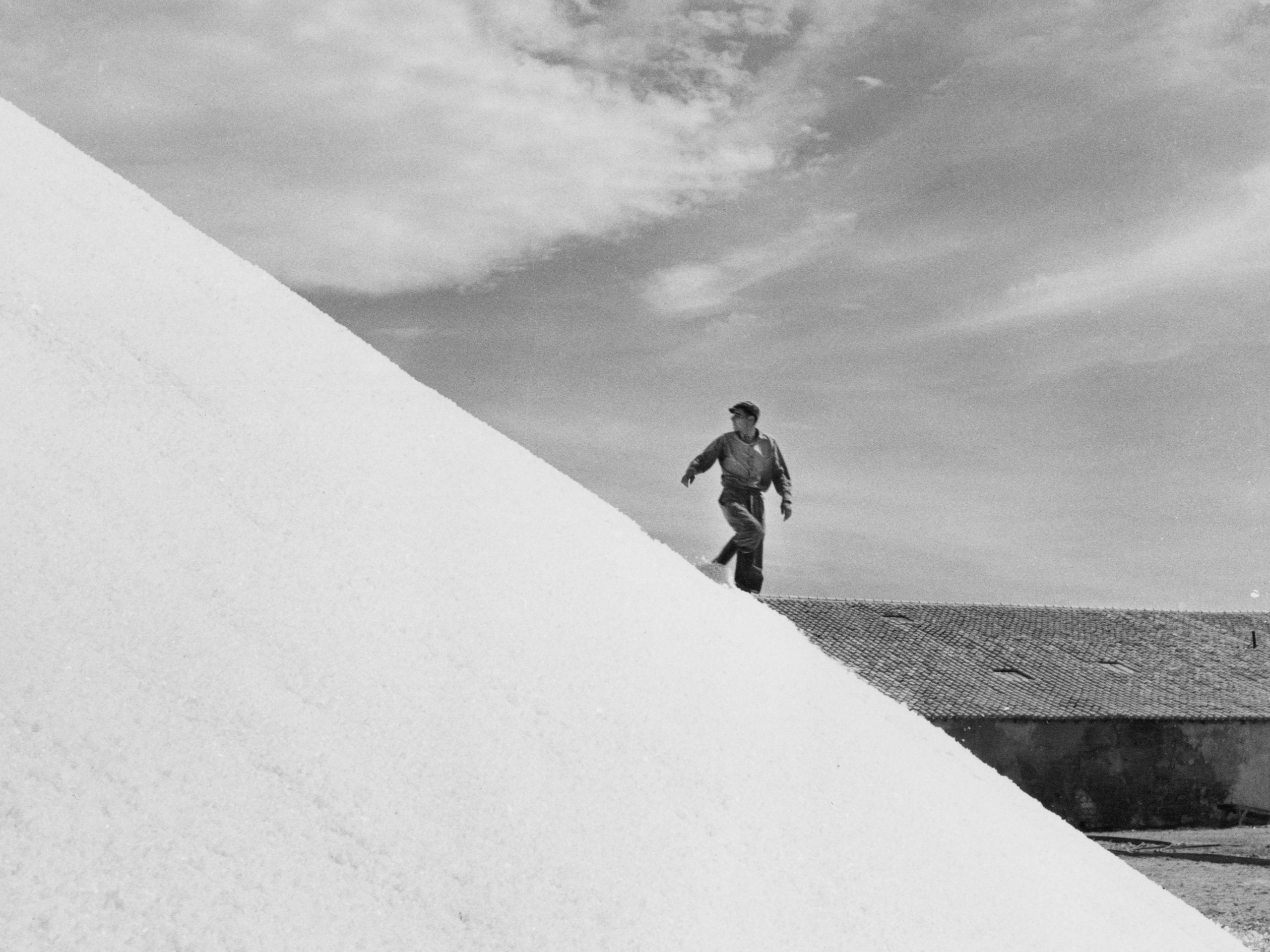
AGNÈS VARDA
Expo 54
Curators : Carole Sandrin with Rosalie Varda and Sherine El Sayid Taih
With the collaboration of Rosalie Varda and the Galerie Nathalie Obadia
Production : Institut pour la Photographie
As part of the deposit of her archives of plates, contact sheets and negatives, the Institute is highlighting Agnès Varda’s work as a creative photographer. On June 1st 1954, Agnès Varda (1928-2019) opened her first exhibition of photographs. The event took place in the courtyard of her now legendary house-laboratory, at 86 rue Daguerre in the 14th arrondissement of Paris, for her entourage and neighbours, including Calder, Hartung and Brassaï. Hung on the walls and shutters, eighteen shots carefully glued onto panels, stood out thanks to thick wooden planks.
These images, produced between 1949 and 1954, already reveal the eye, humour and sensibility of the young 26-year-old photographer. Equipped with her Certificat d’Aptitude Professionnelle (CAP) as a photographer, which she obtained in 1949, she took photographs using a Rolleiflex or a folding camera. Featuring posed portraits, daring portraits, composed portraits, it is an incursion – between reality and fiction – into Agnès Varda’s world : Paris, Sète and La Pointe Courte, le petit Ulysse, Calder, a heart-shaped potato … No scenes of the Théâtre National Populaire, although she had been documenting it since 1949, nor photographs of children, which at the time allowed her to earn a living. Instead, there are the starting points of a personal photographic player with a rare sharpness, whose images seem to stand as the genesis of her bet- ter-known work as the filmmaker and visual artist she was to become.
While Agnès Varda liked to talk of her three creative lives, her life as a photographer is still little known. By housing the negatives and contact sheets at the Institut pour la photographie, her children Rosalie Varda and Mathieu Demy invite us to pick up a magnifying glass to examine this photographic work produced between the 1940s and 1970s, and to reveal its quality and richness. As a preview of upcoming research, this presentation of the exhibition of 1954 is displayed alongside unpublished contact plates and prints that shed light on the context of this early personal and intimate event.



